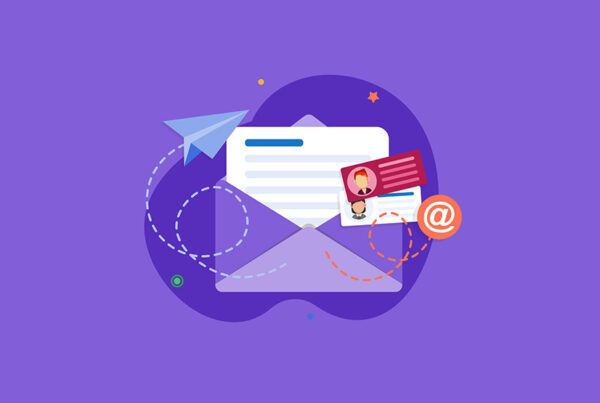Artificial intelligence technology such as GPT3 can now automatically construct full paragraphs of text on behalf of humans. The technology has not advanced to the point of being able to write a root cause analysis for security incidents or a marketing white paper. However, it can work effectively for short blurbs like one to four-sentence email messages and social media posts.

Sports Results Use Generative AI
An easy use case to start with is data-driven text. In fact, you may not realize it, but many of the sports game summaries you read in mobile apps and websites are automatically generated by AI algorithms. Think about how you might set up a simple template to produce a 3-sentence summary of an NBA game.
<Insert Winner Team Name> defeats <Insert Loser Team Name>, <Insert Winner Score> to <Insert Loser Score>
At <Insert Arena Name> in <Insert Arena Location> last night, the <Winner Team Name> defeated the <Insert Loser Team Name> by a margin of <Insert Point Difference>. <Insert High Scorer Name> scored <Insert High Scorer Point Count> including <Insert Field Goal Count>, <Insert Three Point Count>, and <Insert Rebounds> to help <Insert Winner Team>. The <Winner Team Name> ranks <Insert Place in Division> with a record of <Insert Wins> and <Insert Losses> and will play their next game on <Insert Day of Week for Next Game> against <Insert Name of Next Opponent> in <Insert Location of Next Game>.
Why Use Generative AI for Internal Comms
It will take some time for humans to be confident letting machines author communications, just as it is taking time to get comfortable with self-driving cars. For marketing teams seeking to experiment with generative AI, a great place to start is with internal communications.
- Low Risk – There is a lower risk with employee messaging than external comms. If something happens to go wrong, you can quickly send out an apology note. There is no risk of embarrassment to customers, prospects, partners, or the general public. You can also preface each message with a cautionary note stating that the content was AI-generated.
- Automation – A high volume of repetitive communications could be almost templatized and enriched with the appropriate data variables as events occur. Consider announcements of new customer wins, new employee hires, and recent press releases. The content of these messages is pretty standardized, lending itself to AI.
- Speed and Cost – Many internal communications come from executives and senior leaders in the business. For example, the VP of Sales sends out announcements about monthly sales results. The VP of HR sends out notifications about employee birthdays. There is an opportunity cost of having the most senior people in the company involved in these messages rather than focusing on other higher-value activities.
Examples of Using Generative AI for Internal Comms
Generative AI can create automated flash news posts that can be sent out to email groups and slack channels. The messages could also be posted on an Intranet channel or a “life at” section of the website.
There are dozens of examples of simple emails that could be constructed automatically by assembling snippets of data from internal systems. These not only save key managers from writing, but they also accelerate the speed of information through the business.
- Sales wins – Instead of waiting for the sales VP to get around to announcing the deal you just closed, let generative AI write a paragraph about it and post in real-time. Once a deal is marked “closed won” in the CRM, AI could grab the account name, sales rep, and opportunity description from the CRM along with perhaps the competitor names, product offerings, and deal size.
- Marketing campaigns – Could be posted weekly or monthly. Generative AI could grab the names and appointment count for the top performing BDRs along with any notable Fortune 500 customer names. Auto-generating the content frees up valuable time from the inside sales manager and recognizes the contribution of the reps.
- Employee birthdays – Could be posted daily. Grab the name of the employees with birthdays matching today’s date from the HR system along with a photo, current title, and location. Auto-generated content frees up the HR team from having to remember to do this.
- Work anniversaries – Could be posted daily. Grab the name of the employees with work start dates matching today’s date from the HR system along with a photo, current title, and location. Highlighting tenure encourages loyalty as well as acknowledging employees for their service.
- New hire welcomes – Could be posted daily. AI could grab the name of the employee, title, and short role description as well as names of prior employers from the HR system. Auto-generated content frees up valuable manager time to write these articles.
Reducing the Risk of Incorrect Content
Since there is a risk of the generative AI pulling incorrect, sensitive data from the systems, you may want to set up workflow approvals on many of these scenarios.
Generative AI could be configured to send 2-3 different suggested emails based upon different templates. Managers can simply click approve or edit the email to their liking. Even if the content produced by the generative AI algorithm requires editing, the automated process saves time by defeating the blank page.









